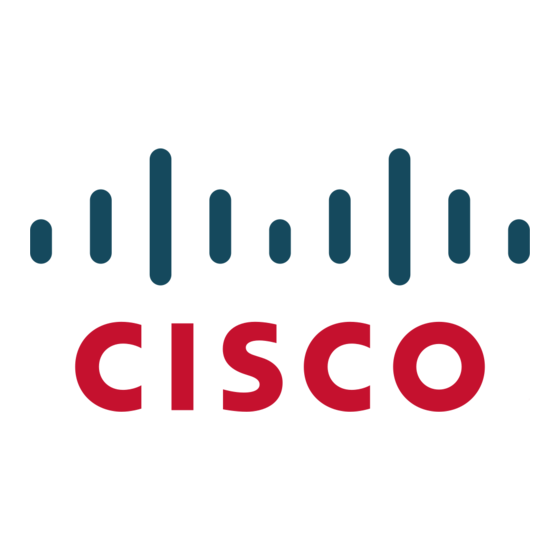Cisco 10000 Series Boletín de productos - Página 4
Navegue en línea o descargue pdf Boletín de productos para Enrutador de red Cisco 10000 Series. Cisco 10000 Series 12 páginas. Cisco systems router installation guide
También para Cisco 10000 Series: Manual de instalación (14 páginas)

Broadband Architectures and Applications
RFC 1483/2668 and Remote Bridge Encapsulation
RFC 1483/2668 and Remote Bridge Encapsulation (RBE) are synonymous with ATM virtual circuits—they are
traditionally used by service providers that "terminate" subscriber virtual circuits at the network edge and "route"
traffic into the core for Internet or VPN services. The main difference between the two protocols is in the area of IP
management. RFC 1483/2668 relies heavily on manual provisioning of addresses and routes per subscriber, while
RBE uses Dynamic Host Configuration Protocol (DHCP) technology to automate the provisioning of addresses and
routes. RBE is much simpler to provision and offers far greater scalability attributes than RFC 1483/2668.
Many service providers use these protocols for business-class Internet access, particularly where cheaper DSL access
circuits are replacing leased lines. The point-to-point and "always-on" nature of these services make them ideal
candidates for such access protocols. Both protocols are used extensively throughout the broadband application
space, with an installed base of many millions of subscribers.
The subscriber experience is often defined at the broadband remote access server (BRAS) by using ATM or IP-level
rate-limiting capabilities. Both ATM traffic shaping and IP policing/shaping are supported on the Cisco 10000 Series
platform, offering scalable and accurate solutions for both environments (Figure 2).
Figure 2
RFC1483/2668 and RBE
The Cisco 10000 Series offers a comprehensive Cisco IOS Software feature set that has proven reliability,
interoperability, scalability, and performance for both applications. RFC 1483/2668 is also used extensively for
leased-line applications. The Cisco 10000 Series has supported this protocol for more than three years, and has
thousands of ports terminated.
Point-to-Point Protocol Termination and Aggregation
Two main types of Point-to-Point Protocol (PPP) are used throughout the broadband space: PPP over ATM (PPPoA)
and PPP over Ethernet (PPPoE). PPPoE can be transported on either ATM virtual circuits (PPPoEoA) or over Ethernet
(PPPoEoE). In this section, all subscriber connections will arrive on ATM virtual circuits.
PPP has the flexibility to span two broadband architectures. The PPP Termination and Aggregation (PTA) method is
typical for retail applications, and the "tunneled" method is typical for the wholesale architecture. This section will
concentrate on the PTA solution (Figure 3).
All contents are Copyright © 1992–2003 Cisco Systems, Inc. All rights reserved. Important Notices and Privacy Statement.
Subscriber
DSLAM
IP
RFC 1483/2668 or RBE
ATM
Cisco Systems, Inc.
Page 4 of 12
DHCP
Cisco
10000
ATM
IP Network
Series
IP
